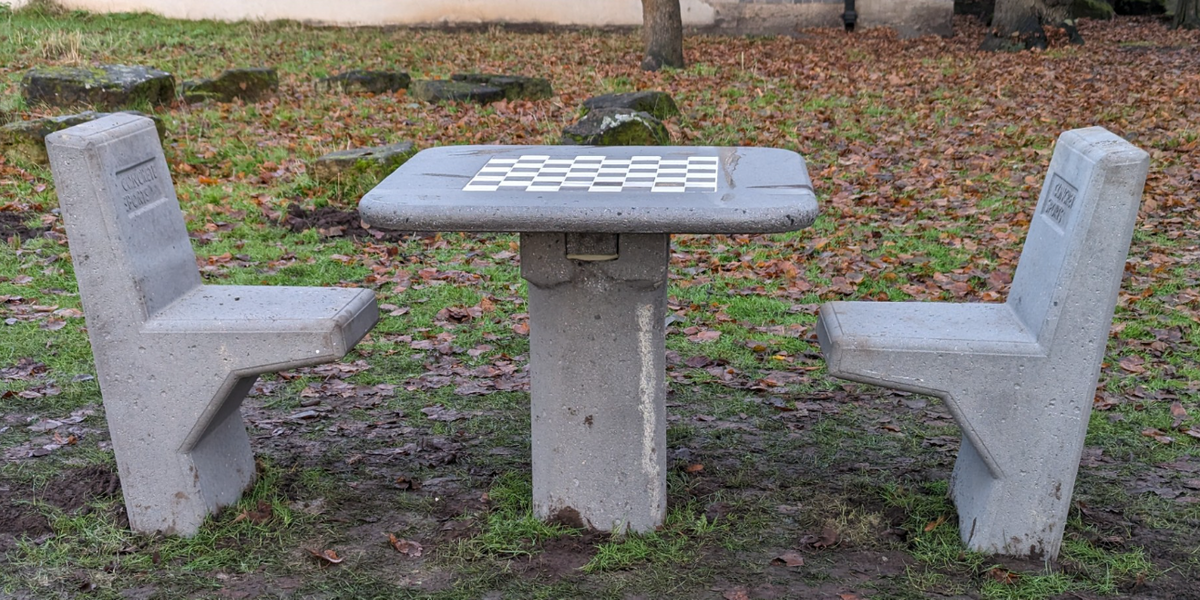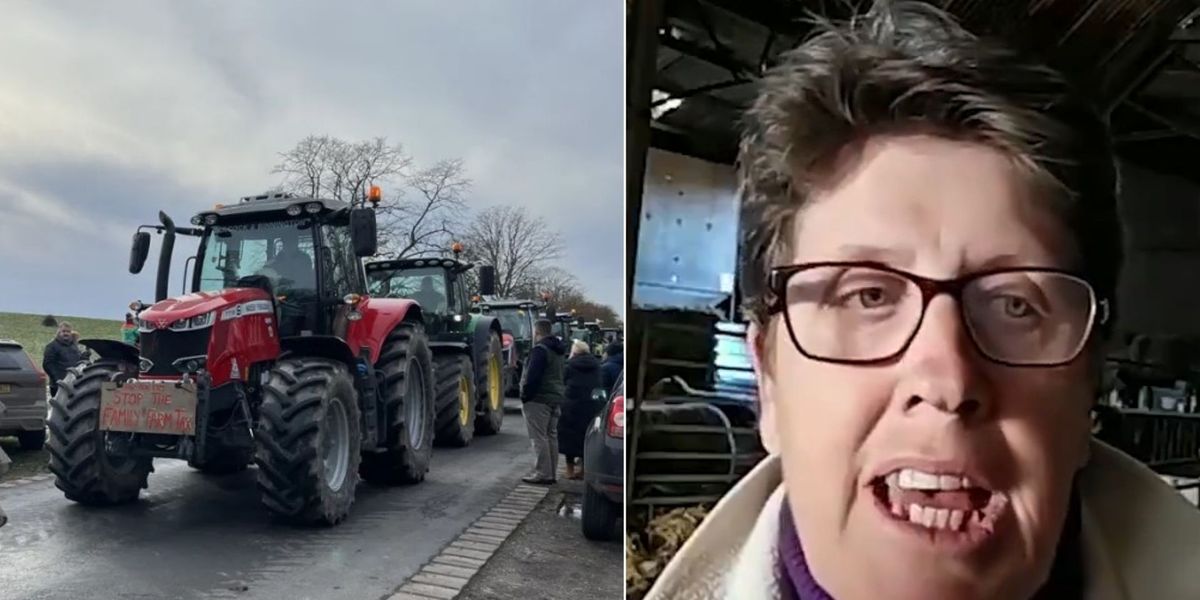Eighty-three years after a devastating flood in the Chosei coal mine in southern Japan claimed the lives of 183 miners, a lone cave diver is set to explore the mine’s murky depths, hoping to recover the remains of the lost, bringing closure to their families and honouring the memory of those who perished.
On Saturday, cave diver Yoshitaka Isaji will lower himself beneath the muddy water at the mine entrance behind the waterfront in Ube, a city in Yamaguchi prefecture, and begin his search for the human remains.
He will be observed by hundreds of local residents and members of the Association to Engrave the Flooding Disaster of Chosei Coal Mine into History, an organisation dedicated to ensuring the tragedy is not forgotten.
The disaster occurred on February 3, 1942, when the mine’s ceiling collapsed under the weight of the seawater above, leading to the deaths of 136 Korean labourers and 47 Japanese miners.
Yet in the midst of war, Japanese authorities – keen to avoid fuelling public alarm – tried to erase the incident from memory and sealed the mine entrance.

Yoko Inoue, 74, is the joint chair of the association and has spent years pushing for recognition of the catastrophe.

 By South China Morning Post | Created at 2025-02-01 03:13:16 | Updated at 2025-02-01 06:43:17
3 hours ago
By South China Morning Post | Created at 2025-02-01 03:13:16 | Updated at 2025-02-01 06:43:17
3 hours ago








